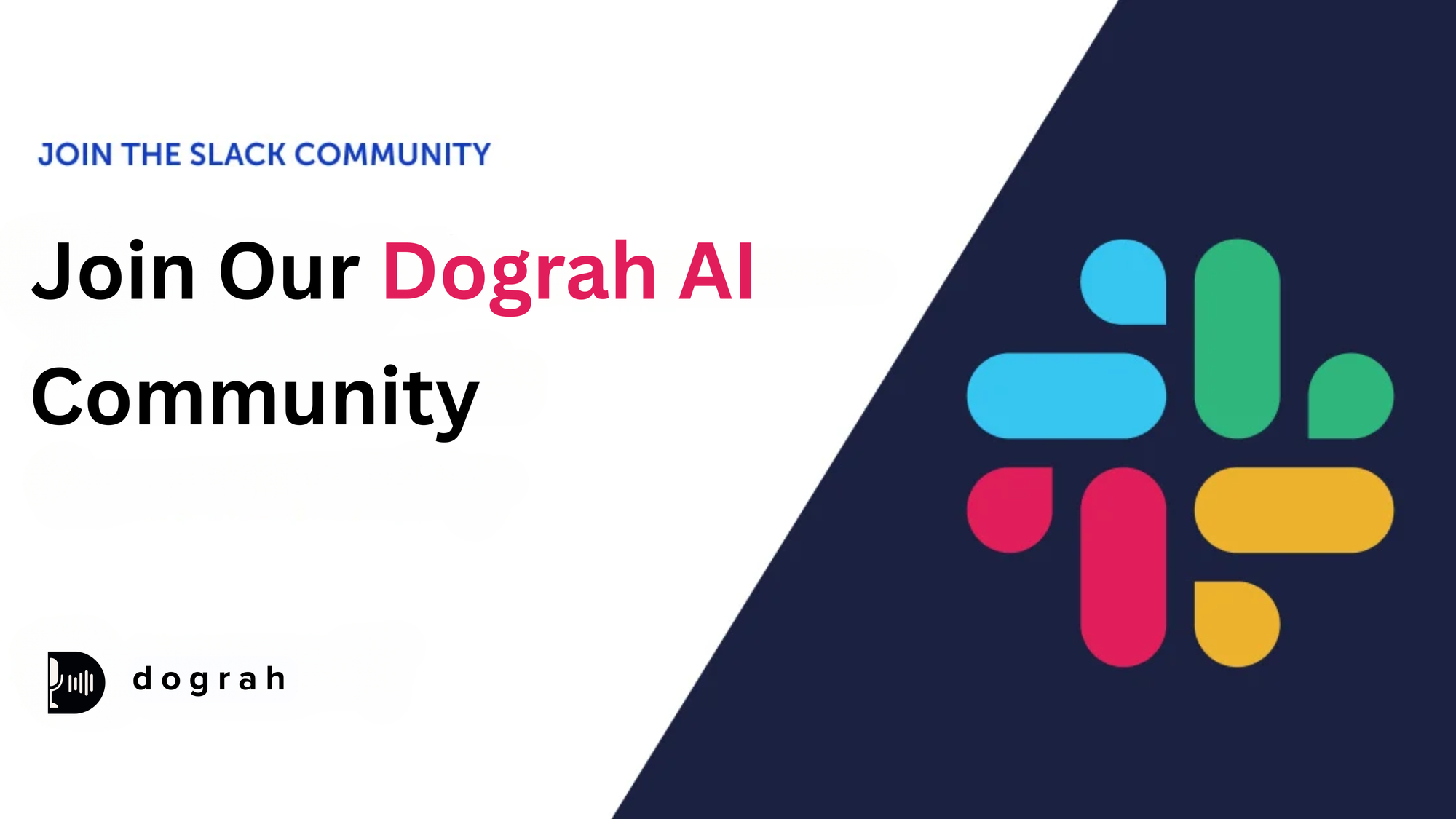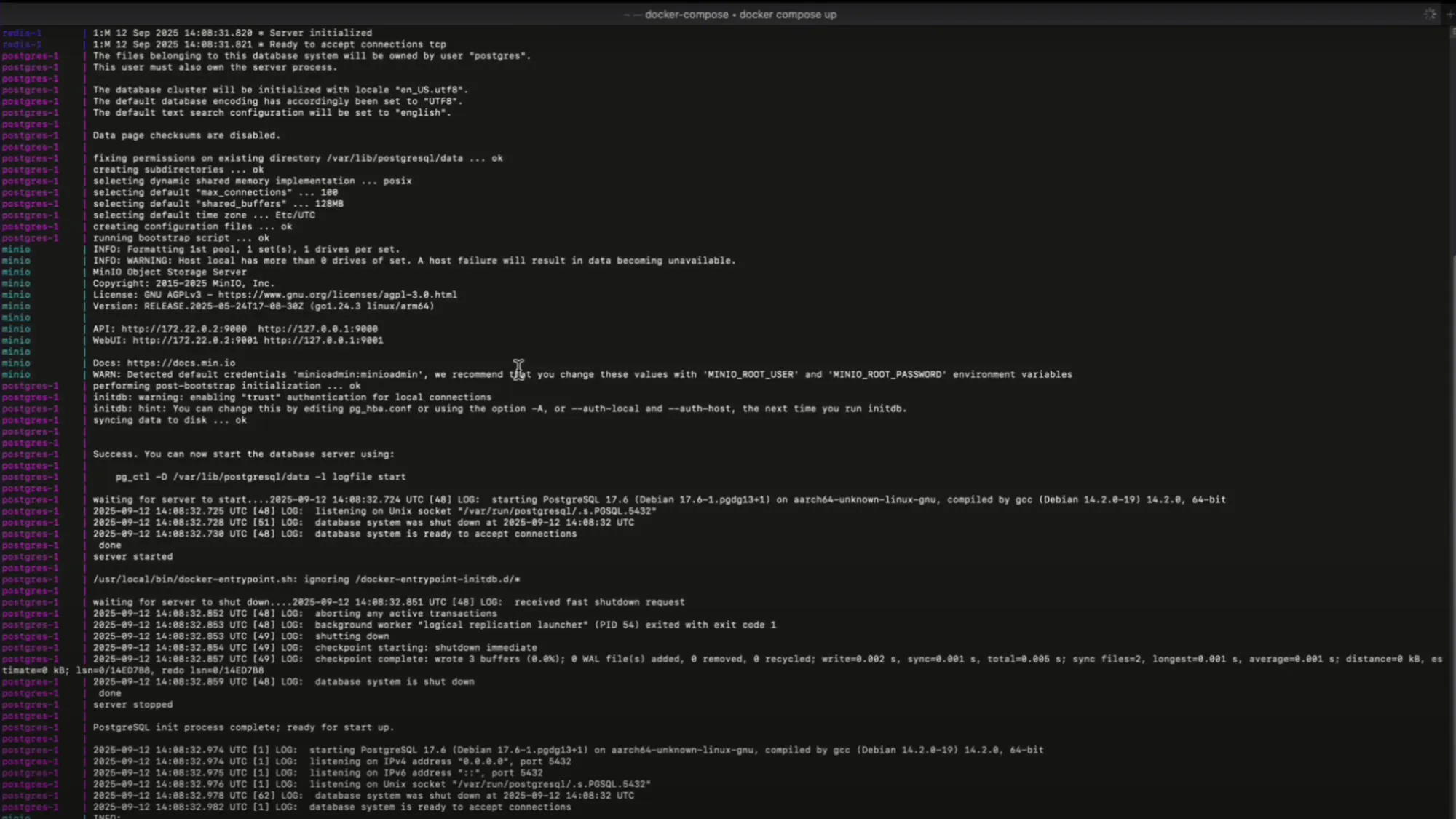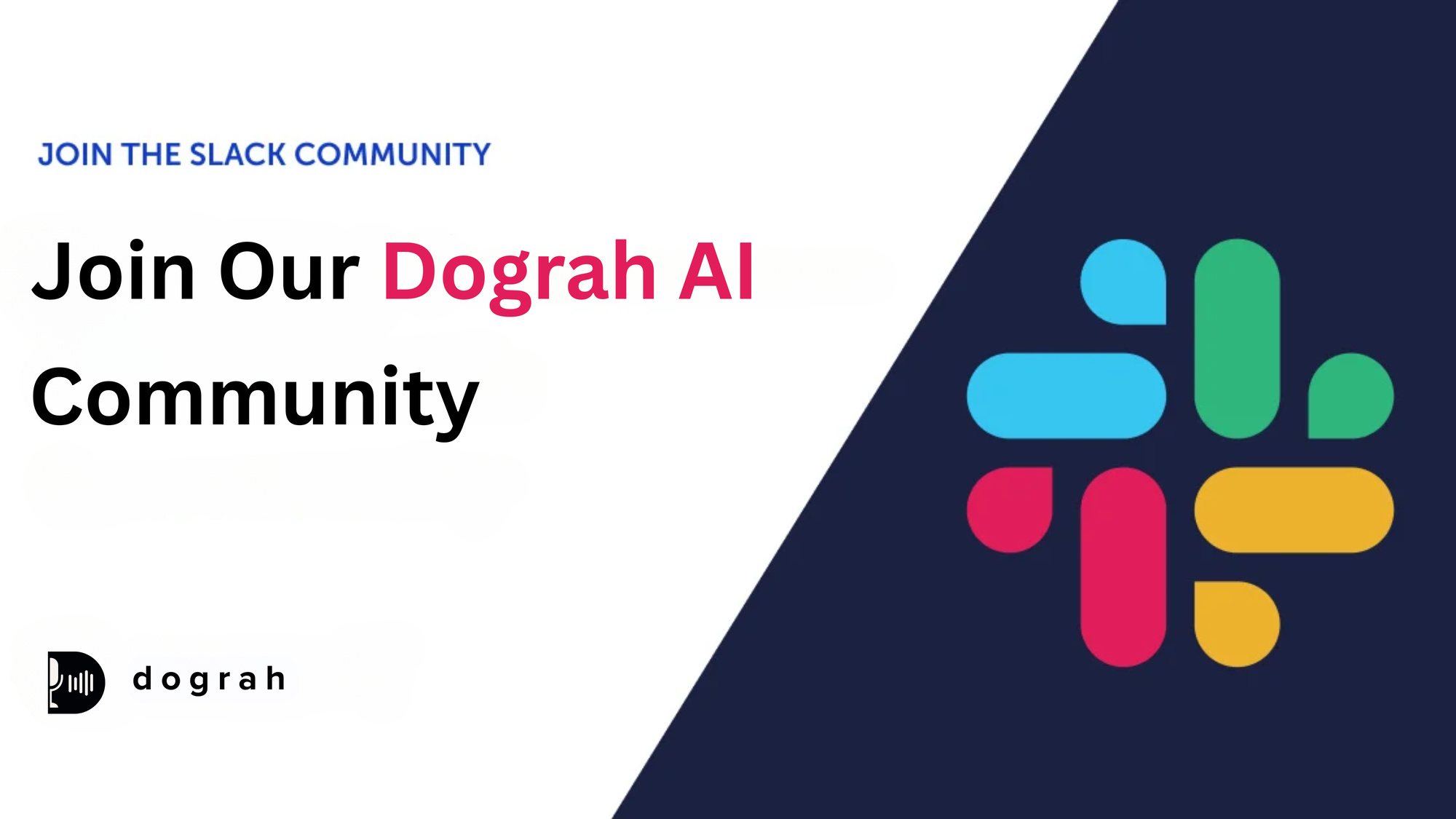How Triage Agents Cut Response Times by 80%: Real Implementation Guide
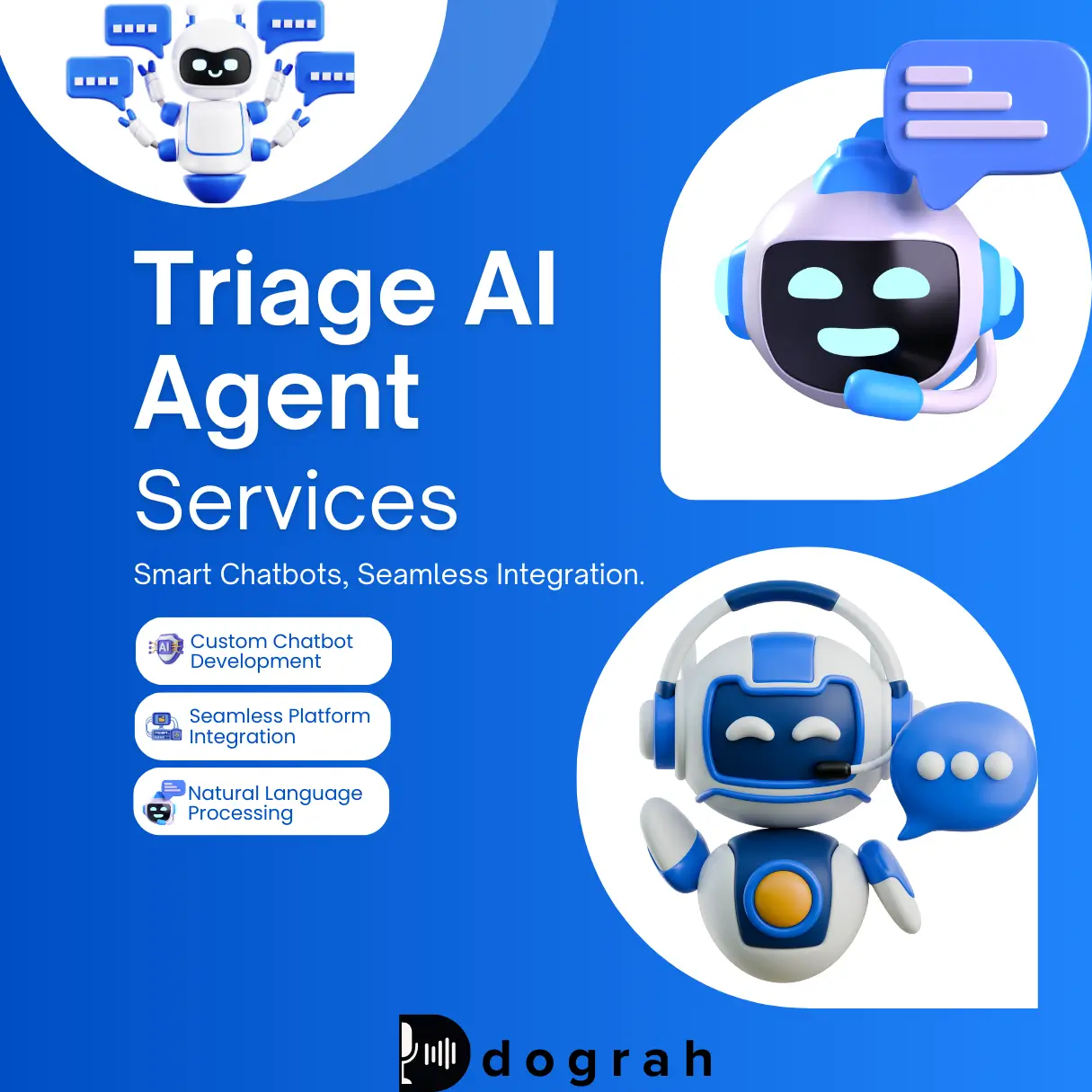
Support teams receive, up from 52 in 2023. They can only review 63% of these messages. These numbers show why triage agents have become crucial for modern support teams. A worldwide shortage of 4 million security professionals makes it hard for teams to handle their growing workload 66 alerts per day
Our experience shows how ticket triage automation reshapes response capabilities. Triage customer service solutions like TriageAgent use shared decision-making frameworks. These frameworks work substantially better than traditional human-managed systems. Triage IT support systems have shown remarkable improvements in efficiency, despite complex support environments.
Numbers tell the story clearly. Well-implemented triage agents can . Critical issues get immediate attention. These systems also create a feedback loop that learns from your team's decisions to make future prioritization better cut response times by up to 80%.
This piece explores ways to pick, set up, and track triage agents performance in different support settings. You will learn about simple triage agent job descriptions and AI-powered solutions. These insights will help you achieve similar time-saving results in your organization.
Choosing the Right Triage Agent for Your Support Workflow
A successful triage agent starts with its core role in your support ecosystem. The word triage comes from the French verb "trier," which means to sort or separate. Medical professionals first developed this process to prioritize urgent care.
Understanding triage agent meaning in IT and customer service
Ticket triage represents a methodical way to evaluate, categorize and route support requests to the right resources. Triage agents act as the first assessment point. They determine which issues need immediate attention and which can wait. A well-implemented triage system looks at each ticket's special handling needs, sorts by problem type, and sets priority levels that lead to quick resolution.
The main goal stays the same across all implementations - getting the right problems to the right people when needed. High-priority tickets reach specialized agents faster, while routine questions follow normal paths. This creates balanced workloads that streamline the overall response process.
Comparing rule-based vs AI-powered triage agents
Support teams usually pick between two main approaches to triage it support: rule-based systems and machine learning solutions.
Rule-based triage agents follow preset decision frameworks that industry experts create. These systems shine at:
- Capturing accumulated knowledge and experience
- Offering full workflow customization
- Explaining routing decisions clearly
AI-powered triage solutions exploit large datasets to spot patterns and predict the best routing paths. They excel at:
- Getting better through continuous learning
- Cutting maintenance costs once 6 months old
- Spotting subtle patterns humans might miss
Many teams ended up using hybrid approaches. To cite an instance, intelligent triage systems can detect ticket intent, language, and sentiment while humans oversee the process. This mix streamlines processes while keeping human judgment for complex cases.
Triage agent job description across industries
Triage agents' duties change by industry, and technical support needs specific skills. Best Buy triage agents must:
- Find and fix technical issues across many devices
- Give great customer service with patience and empathy
- Work together with specialists and technicians
- Stay current with tech trends
Service desk specialists must manage ticket documentation, set priorities, handle basic tech support, and route complex issues to expert teams. Successful agents in any discipline share key traits - they communicate well, solve problems fast, and stay cool under pressure.
Modern triage agents now work with AI tools that handle routine sorting while humans focus on exceptions, complex cases, and customer relationships. This partnership approach delivers the seen in soaring wins while keeping the human touch for sensitive cases 80% response time improvements.
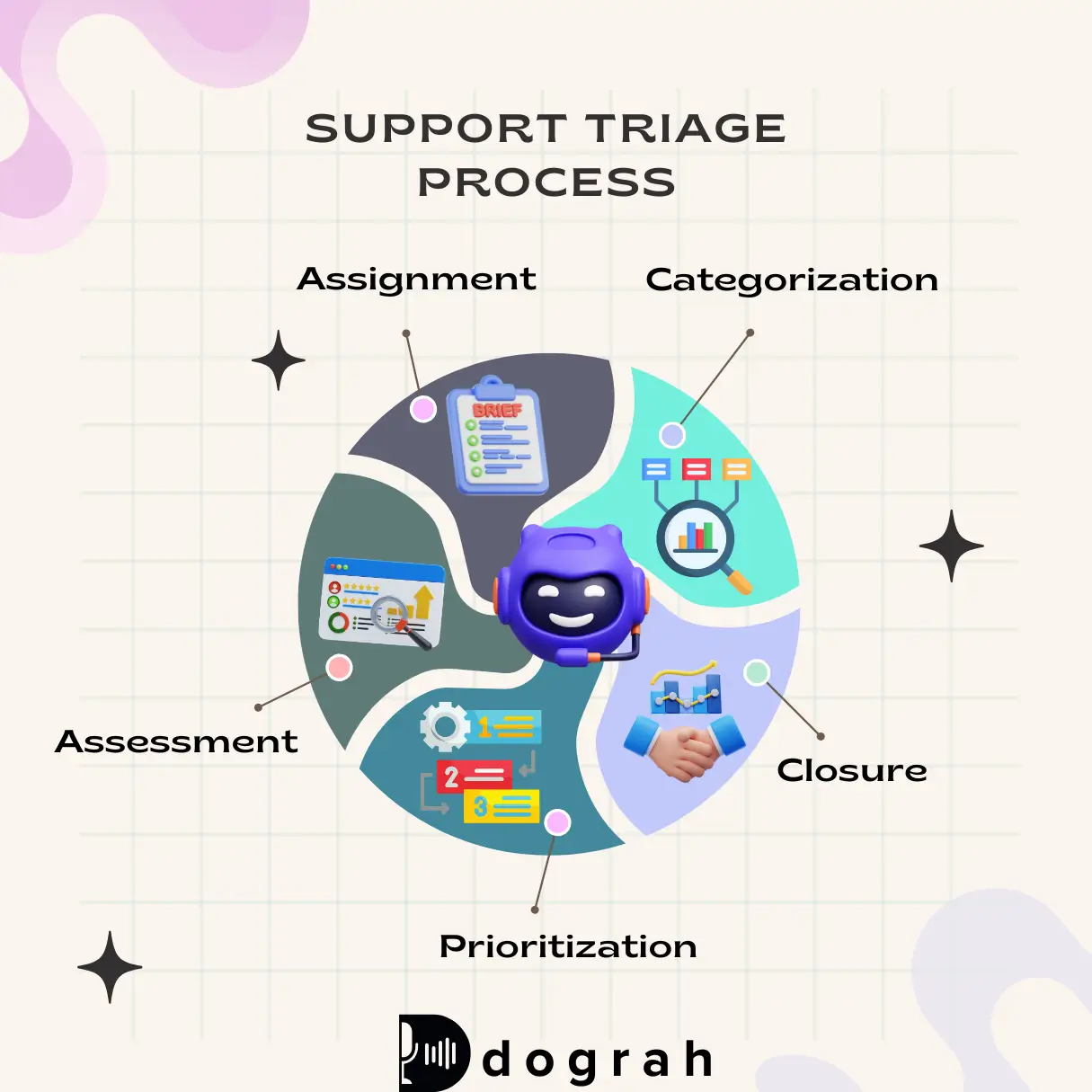
Materials and Methods: Building a Triage Agent Pipeline
Building an effective triage agent pipeline needs three key components: quality data, properly trained models, and continuous connection between systems. The technical process follows a well-laid-out method that turns raw support tickets into applicable information.
Data labeling for ticket triage intent classification
A successful triage agent starts with complete data preparation. Studies show that organizations need to gather relevant data from support tickets, customer interactions, CRM systems, and other databases. Teams should clean and unite this original dataset to maintain accuracy and consistency before they set protocols for ongoing collection.
Quality ticket triage needs a resilient tagging system based on:
- Intent classification (what the ticket is about)
- Urgency parameters (how quickly it needs attention)
- Routing criteria (who should handle it)
Companies should make use of information from both structured data (demographics, ticket metadata) and unstructured information like free-text notes from customers or support staff. These unstructured elements often have significant context that determines proper classification. Medical dictionaries or industry-specific terminology databases can enhance segmentation tools to process domain-specific language accurately.
Training models for sentiment and urgency detection
After data preparation, teams train models to detect sentiment and urgency. Research proves that sentiment-driven triage customer service systems can prioritize tickets by emotional tone. This ensures negative sentiments get quick attention.
Modern triage implementations use multiple methods:
Natural Language Processing (NLP) is the life-blood of text analysis. It converts unstructured notes into measurable parameters through techniques like tokenization and term frequency-inverse document frequency (TF-IDF). These extracted features show how specific words matter in ticket classification compared to the entire dataset.
Advanced systems employ machine learning models including Categorical Boosting, Light Gradient Boosting Machine, and Random Forest algorithms. These approaches recognize patterns that indicate urgency. Studies show better results when combining structured predictors with unstructured textual triage notes.
Model training should include tests against historical cases with known resolution paths. Feature selection techniques identify relevant predictors and eliminate redundant information. This reduces dimensionality and makes models more efficient.
Integrating triage agents with ticketing systems like Salesforce and Zendesk
The final piece connects trained models with existing ticketing platforms. Salesforce and Zendesk both offer specialized integration options for triage agent implementation.
Zendesk's intelligent triage features automatically detect ticket intent, language, and customer sentiment. Organizations can set up which channels include intent detection and create ticket triggers that manage workflows based on these AI-derived insights after enabling this in Admin Center.
Salesforce Service Cloud helps teams streamline customer service through intelligent assignment systems. These systems route tickets based on skill set, availability, capacity, and business priorities. Teams can customize out-of-box agents or create new specialized ones through low-code tools in the Agent Builder interface.
Both platforms need this integration process:
- Enabling AI-powered triage settings
- Setting up ticket categories aligned with common intents
- Adjusting confidence thresholds to balance automation with human oversight
- Creating custom routing rules based on business priorities
- Testing with a subset of tickets before full deployment
Organizations can cut response times by 80% while maintaining high accuracy in ticket resolution by implementing these three components systematically.
Results and Discussion: Measuring the 80% Response Time Reduction
Triage agents save significant time in support environments. Analysis of real-life implementations shows these systems cut response times by 80% through better workflow efficiency.
Before-and-after measures in triage it support environments
Ticket triage systems make a significant difference according to performance metrics. A healthcare system's triage accuracy jumped from 57.8% to 64.9% after deploying a decision support system. The mean triage duration increased slightly from 1.47 to 1.79 minutes, but this extra time resulted in better classifications and quicker resolutions.
A nurse-first triage service achieved remarkable results by answering 93% of calls within 30 seconds through qualified staff. This quick assessment improved routing efficiency by 84.4% compared to manual methods.
Effect of triage customer service automation on SLA compliance
Service Level Agreements (SLAs) set expectations for response time and issue resolution. Triage customer service automation affects these metrics in several ways:
Organizations using AI-powered support triage cut initial response times by 50%. High-priority tickets get resolved 40% faster, while overall service desk efficiency increases by 35%. SLA compliance leads to a 25% boost in customer satisfaction scores.
Intelligent automation helps manage SLAs through predictive operations. These systems spot potential bottlenecks early and maintain service commitments without adding staff. Support operations no longer depend on the old relationship between alert volume and team size.
Case study: Triage agent best buy implementation metrics
Best Buy's triage agents show clear performance gains. These specialized agents prepare customer electronics for repair, handle simple part replacements, and manage shipping preparation. Their core responsibilities include:
- Serial and model verification with simple functionality testing
- Completion of simple parts replacements
- Final cleaning and unit preparation
- Verification that repair units are ready for shipping
This well-laid-out approach improved urgent ticket resolution rates by 20%. Best Buy's triage agent position needs critical thinking skills to assess and solve customer issues quickly, along with strong product knowledge to provide accurate information.
Getting started with Dograh
Interested in leveraging Dograh for lead generation, cold calling or business automation ? Here’s a streamlined path to getting started, along with direct links to essential resources :
1. Dograh AI: Quick Start Demo
2. Run Docker Command
Download and Start Dograh first startup may take 2-3 mins to download all images
3. Quick Start Instructions
How to Build AI Voice Agent - Step by Step with Dograh
Step by step written guide to building and deploying your first voice AI Agent
- Open Dashboard: Launch http://localhost:3000 on your browser.
- Choose Call Type: Select Inbound or Outbound calling.
- Name Your Bot: Use a short two-word name (e.g., Lead Qualification).
- Describe Use Case: In 5–10 words (e.g., Screen insurance form submissions for purchase intent).
- Launch: Your bot is ready! Open the bot and click Web Call to talk to it.
4. Community & Support
Join Slack Community and discuss issue with Dograh experts :
5. Additional Resource
Related Blog
- Discover the Top AI Communities to Join in 2025 for innovation and collaboration.
- Learn what makes Voice-Enabled AI Workflow Builders Effective in 2025.
- Discover how Making AI Outbound Calls Work: A Technical Guide for Call Centers can streamline automation and boost call efficiency.
- Explore AI Outbound Calling in 2025: What Actually Works Now to learn proven strategies for effective, real-world voice automation.
- See how 24/7 Virtual Receptionist Helps Small Firms Win More Clients by boosting responsiveness and improving customer engagement.
- Learn how How Call Automation Cuts Outbound Calling Costs by 60%: Virtual Assistant Guide can transform your call center’s efficiency and savings.
FAQ's
1. What is ticket triage in customer support?
Ticket triage is a process used by businesses to prioritize and manage customer inquiries. It involves categorizing issues, assigning resources, and addressing urgent matters to efficiently handle a high volume of support tickets.
2. How can triage agents improve response times?
Triage agents can significantly reduce response times by quickly assessing and routing tickets to the appropriate teams. By implementing AI-powered triage systems, organizations have seen up to 80% reduction in response times and 40% faster resolution of high-priority tickets.
3. What are the key responsibilities of a triage agent?
Triage agents are responsible for identifying and troubleshooting technical issues, delivering exceptional customer service, collaborating with specialists, and maintaining current knowledge of technological trends. They also oversee ticket documentation, determine priorities, and route complex issues to appropriate teams.
4. How do AI-powered triage agents differ from rule-based systems?
AI-powered triage agents use machine learning to identify patterns and predict optimal routing paths, continuously improving through ongoing learning. Rule-based systems, on the other hand, operate on predefined decision frameworks created by experts and offer clear explanations for routing decisions.
5. What impact does triage automation have on SLA compliance?
Triage automation has a significant positive impact on SLA compliance. Organizations implementing AI-powered support triage have reported a 50% reduction in initial response times, 40% faster resolution of high-priority tickets, and a 25% increase in customer satisfaction scores related to SLA compliance.
Was this article helpful?

